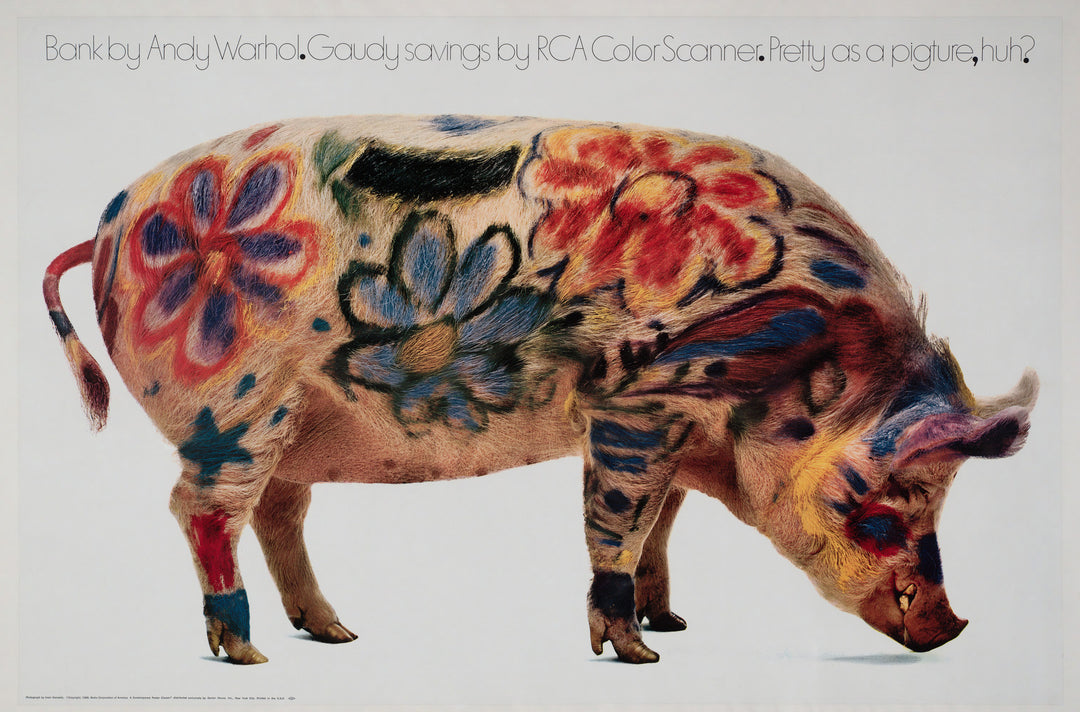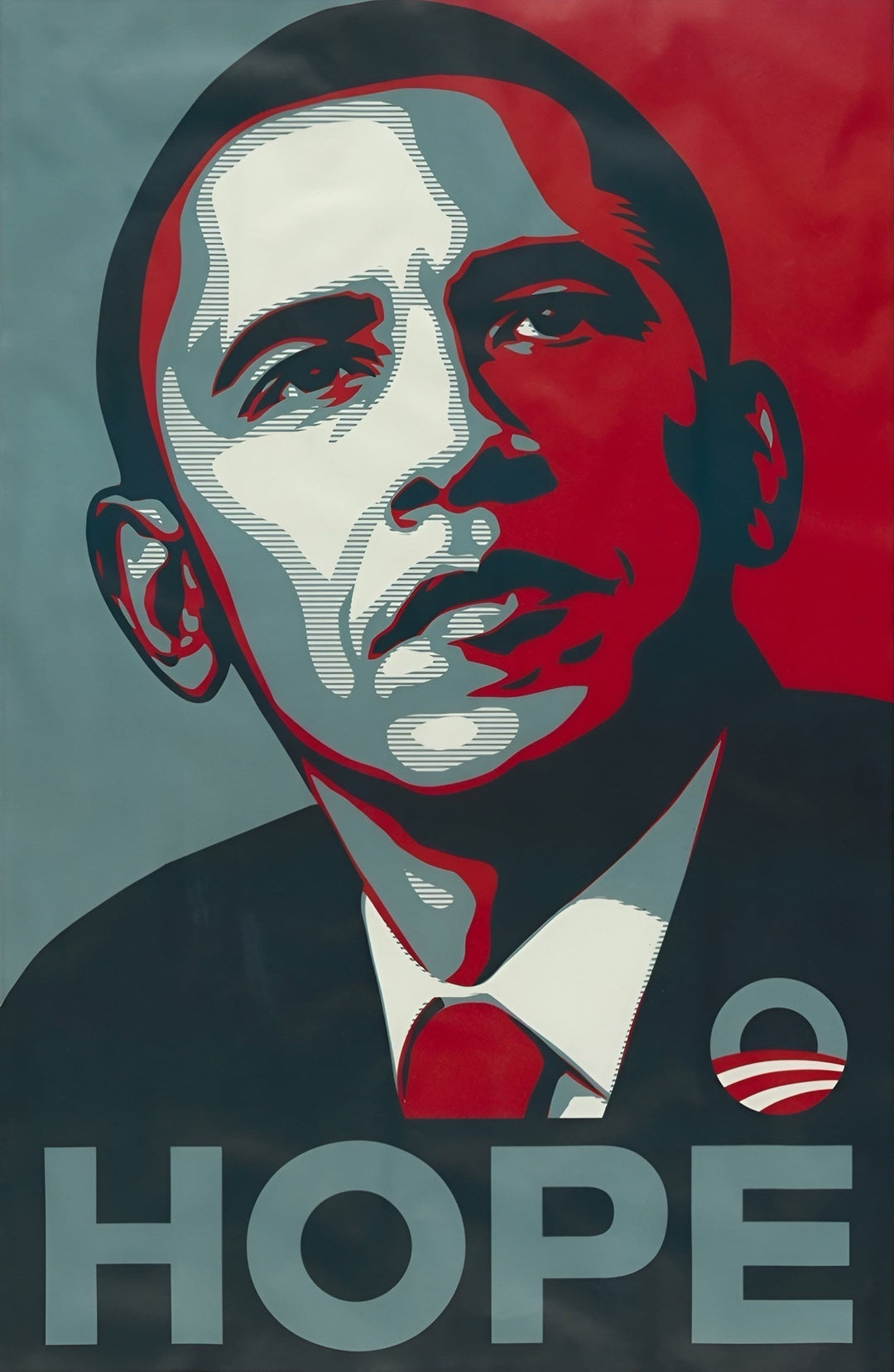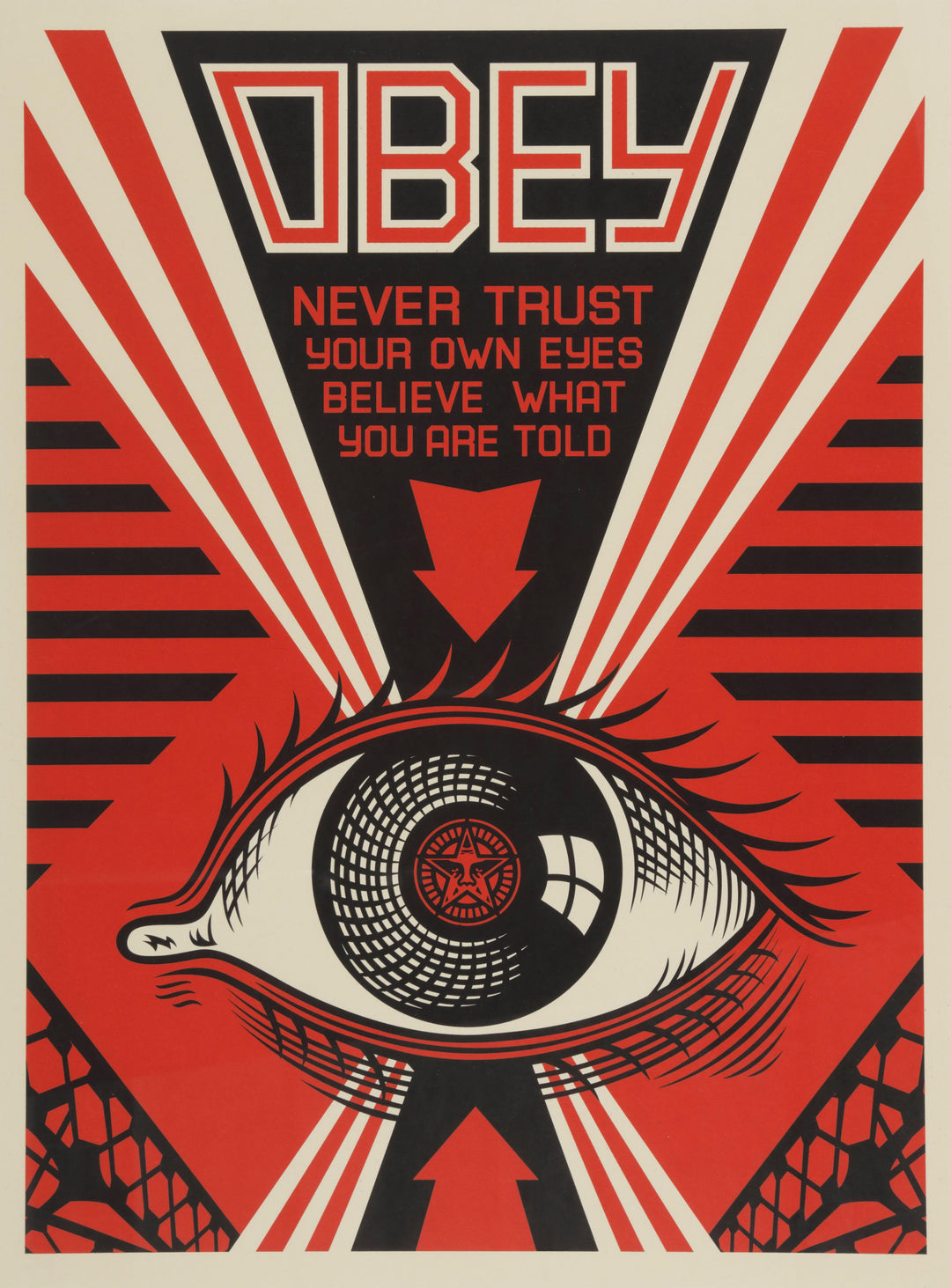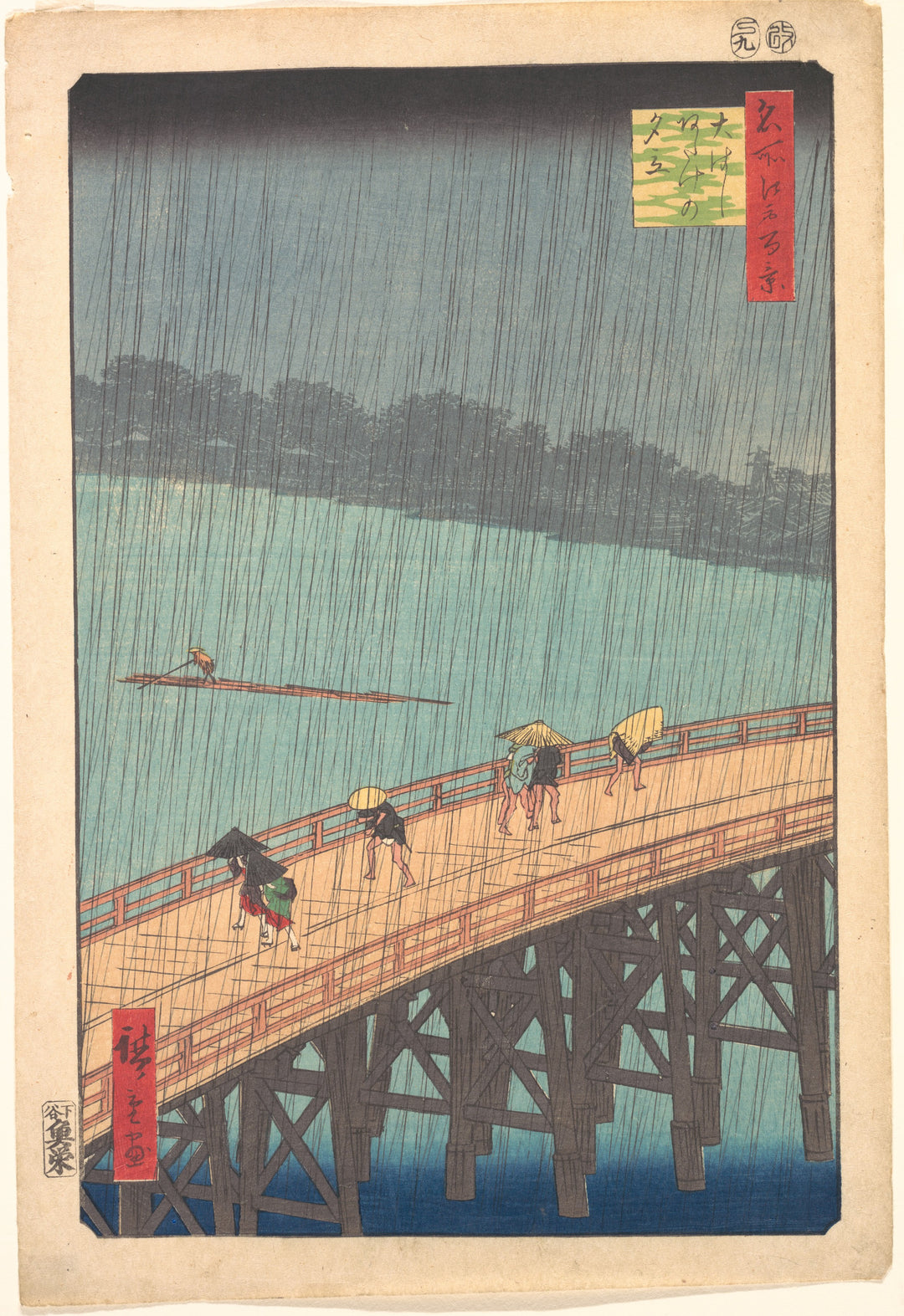
Silkscreen
The artistic printing technique known as screen printing is a versatile and popular method that allows for the reproduction of images with great precision and detail. This process, also called screen printing, uses a mesh stretched over a frame to transfer ink to a substrate, except in areas blocked by a waterproof stencil. Screen printing is valued for its ability to produce prints on a wide variety of materials, such as paper, fabric, glass, metal, and plastic.
The artistic movement that significantly influenced screen printing was the pop art from the 60s. Artists like Andy Warhol , Roy Lichtenstein and Robert Rauschenberg adopted this technique for its ability to produce multiple copies of a work, challenging the traditional notion of the unique and original artwork. Warhol, in particular, used screen printing to create his iconic images of celebrities and consumer products, highlighting mass reproduction and consumer culture.
Screen printing has influenced various subsequent artistic movements, such as the conceptual art and the urban art. In conceptual art, the idea or concept is the most important aspect of the work, and screen printing allows these ideas to be explored through the reproduction of texts and images with great clarity. In urban art, screen printing has been used to create stencils and posters that blend into the urban environment, spreading messages of protest or social commentary.
Among the most representative artists who have used screen printing are Shepard Fairey, known for his "Obey Giant" campaign and the Barack Obama "Hope" poster, and Banksy , whose use of stencils and screen printing has had a significant impact on urban art. Richard Hamilton , another pioneer of pop art, also used screen printing to explore themes of mass culture and contemporary society.






